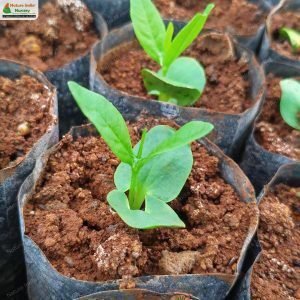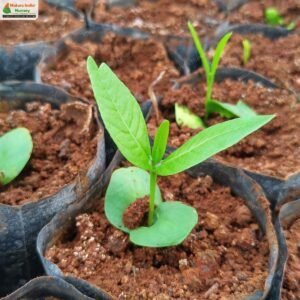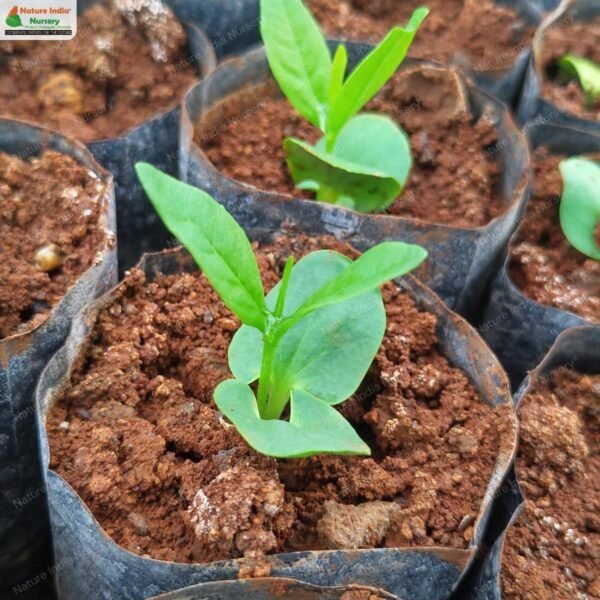Soymida febrifuga, commonly known as the Indian Redwood or Rohan, is a large, semi-deciduous tree that can grow up to 30 meters tall. It has a long, straight, symmetrical bole and a dense, spreading crown, with pinnate leaves featuring 6-12 pairs of leaflets. The flowers are small, yellowish-white, and appear in dense clusters, while the fruit is a woody capsule containing numerous seeds. Native to the Indian subcontinent, including India, Sri Lanka, Bangladesh, and Myanmar, the tree grows primarily in dry forests and is commonly found at elevations up to 900 meters.
The Indian Redwood’s ecological significance extends beyond its physical characteristics, as it provides a valuable food source for various wildlife species, including birds and small mammals. Its flowers attract bees and other pollinators, contributing to its success in its native habitats.
Habitat
Soymida febrifuga is native to the Indian subcontinent, including India, Sri Lanka, Bangladesh, and Myanmar, and grows primarily in dry forests.
Planting and Care
-
Propagation: Through seeds or root suckers.
-
Soil Preference: Prefers well-drained soils. Can tolerate a range of soil types, including sandy and loamy soils.
-
Sunlight and Water: Thrives in full sun. Requires moderate watering, especially during dry periods.
Additional Information
-
Economical Values: Bark is used as an antiperiodic, antipyretic, astringent, and bitter tonic. Decoctions of the bark are used to treat general debility, diarrhea, dysentery, and dyspepsia.
-
Other Uses: Source of fiber, dyes, and gum. Used in traditional medicine for treating various ailments.
-
Wildlife Significance: Attracts pollinators like bees and other pollinators. The seeds provide food for various birds and small mammals.







